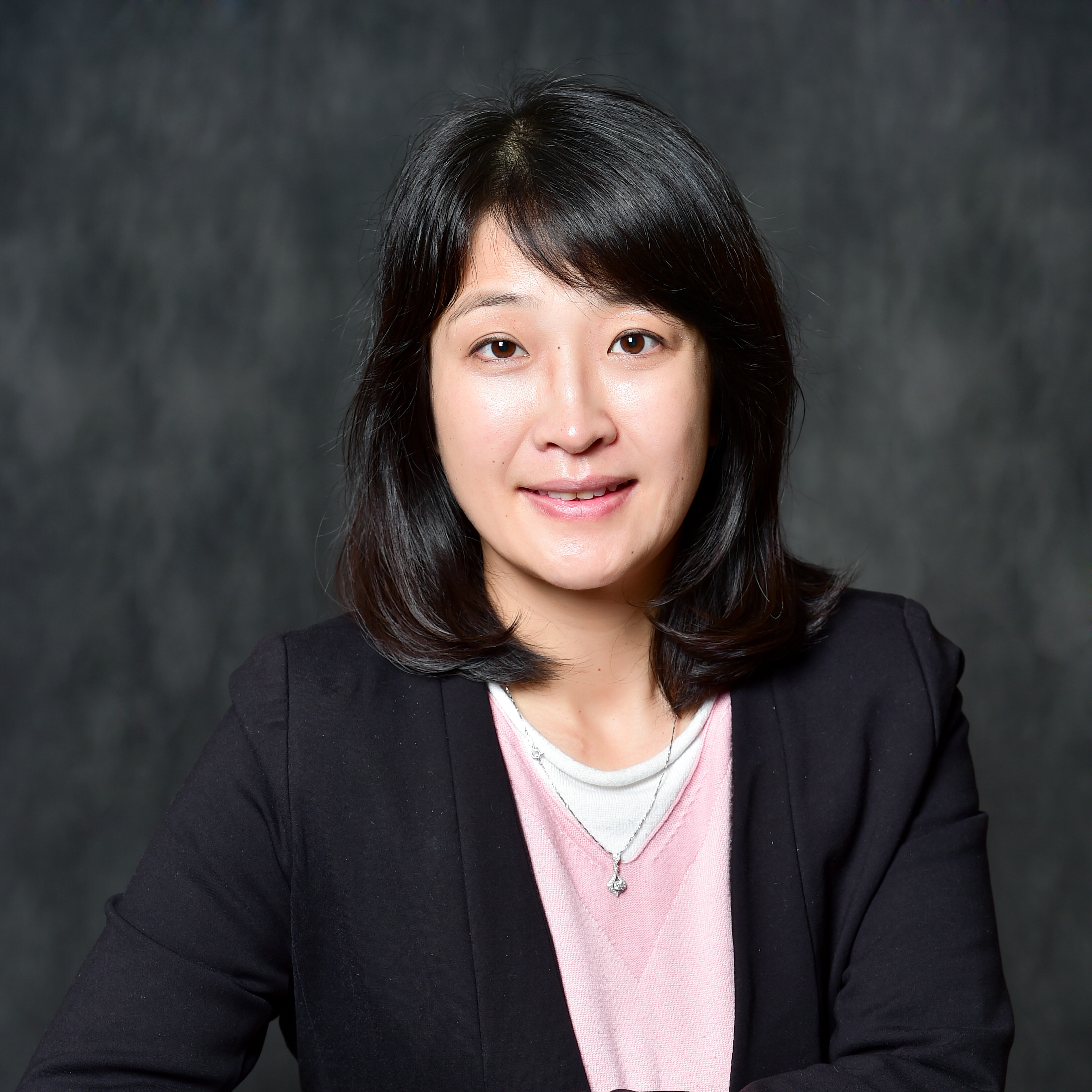
Contact Us:
Tel:+86-10-62785758
E-mail: songxl at tsinghua.edu.cn
宋小磊现任清华大学医学院生物医学工程系副教授,博士生导师,国家级海外高层次人才引进计划青年项目入选者。2003、2008年先后于西安交通大学和清华大学获得生物医学工程专业本科和博士学位。2009年初赴美国约翰斯·霍普金斯大学医学院(Johns Hopkins University)放射科学系及细胞工程研究所细胞成像实验室进行博士后研究,其后相继担任助理研究员和助理教授(Tenure-Track Assistant Professor)。 以第一/通讯作者在Nat Comm, Med Imag Anal 和Angew Chem等国际高影像力期刊发表SCI论文40余篇,谷歌引用近2500次,H指数为25. 近5年,发表SCI论文26篇,谷歌引用1340次;申请发明专利近20项,获授权12项(中国、美国专利各6项);主持国家级项目4项;多次在国际医学磁共振年会ISMRM(2次)、亚太BME研讨会、中国BME大会等国内外知名会议进行特邀报告;成果获欧洲11国29家医院发布的胶质瘤磁共振分析指南重点推荐,为领域引用最多专家(3/15)。(https://glimr.eu/post/a-guide-to-advanced-mri-processing/)。 Dr. Xiaolei Song is an Associate Professor in Center for Biomedical Imaging Imaging Research (CBIR), and in Dept. of Biomedical Engineering, Tsinghua University. She obtained her Ph.D. in 2008 from Dept. of Biomedical Engineering at Tsinghua University. From 2009 to 2019 she was working in Dept. of Radiology and Institute of Cell Engineering at Johns Hopkins University, firstly as a postdoctoral fellow, and then as a Research Associate and a tenure-track Assistant Professor. Prof. Song's research interest is novel MRI and multi-modality imaging techniques, with smart multi-”omics” analysis, for visualization of molecular and cellular events in pre-clinical and clinical applications. Her in vivo imaging techniques allow for sensing inflammation,glycosylation levels of certain proteins and other metabolic changes in various diseases including cancers and neurological disorders. Till now, she has published more than 50 peer-reviewed papers on high-ranked journals including Nature Communication, J. of Cerebral Blood Flow and Metabolism,Angewandte Chemie,Magnetic Resonance in Medicine, NMR in Biomedicine and Optics Express. Her group invented series of CEST acquisition and analysis methods, by integrating the physical characteristics of signals and state-of-art AI-involved data-mining techniques. These methods addressed several challenges for in vivo CEST imaging, making ‘multi-color’ MRI available and reliable at 3T clinical scenarios. (codes for several methods are available at https://github.com/easyCEST ) Among these developments, three analysis techniques are recommended by European GliMR community, for processing brain tumor data. (https://glimr.eu/post/a-guide-to-advanced-mri-processing/)
活体代谢磁共振与多模影像,搭建疾病宏观表现与微观分子机制的桥梁
活体分子代谢影像在结构、功能影像之上增添了更为本质的分子水平信息,从全局动态角度对疾病发生发展中代谢异常进行可视化和量化,对新药研发、机制研究和早期精准诊疗有重大意义。
课题组立足国家重大需求,抓住我国高端医疗设备和人工智能的发展机遇,紧密围绕“活体代谢磁共振和多模影像”科学问题和临床需求的一体两翼,开展临床前动物成像到临床转化的全链条研究。研究领域包括:1)面向临床应用的磁共振分子代谢影像 (CEST,31P-MRSI/MRI, 19F-MRI等);2)小动物预临床磁共振及多模态分子影像,融合多模态、多组学的智能诊疗平台;3)预临床和临床应用:肿瘤分子影像,脑和其他疾病代谢异常的时空分布,辅助药物和新疗法研发。
部分人体多色CEST成像方法代码已开源共享部分(https://github.com/easyCEST )
1. Chen W, Chen Z, Ma L, Wang Y, Song X*. Rapid and quantitative CEST-MRI sequence using water presaturation. Magn Reson Med. 2025 Feb;93(2):730-740.
2. Chen W, Wu S, Wang S, Li Z, Yang J, Yao H, Tian Q, Song X*. Multi-contrast image super-resolution with deformable attention and neighborhood-based feature aggregation (DANCE): Applications in anatomic and metabolic MRI. Med Image Anal. 2025 Jan;99:103359.
3. Wu S, Chen W, Li Z, Wang S, Sun H, Song X*. COMET: Cross-space Optimization-based Mutual learning network for super-resolution of CEST-MRI. IEEE J Biomed Health Inform. 2023 Oct 17: 309
4. Liu C, Li Z, Chen Z, Zhao B, Zheng Z, Song X*. Highly-accelerated CEST MRI using frequency-offset-dependent k-space sampling and deep-learning reconstruction. Magn Reson Med. 2024 Aug;92(2):688-701.
5. Song X, Airan RD, Arifin DR, Bar-Shir A, Kadayakkara DK, Liu G, Gilad AA, van Zijl PC, McMahon MT, Bulte JW*. Label-free in vivo molecular imaging of underglycosylated mucin-1 expression in tumor cells. Nature Communications 2015 Mar 27;6:6719.